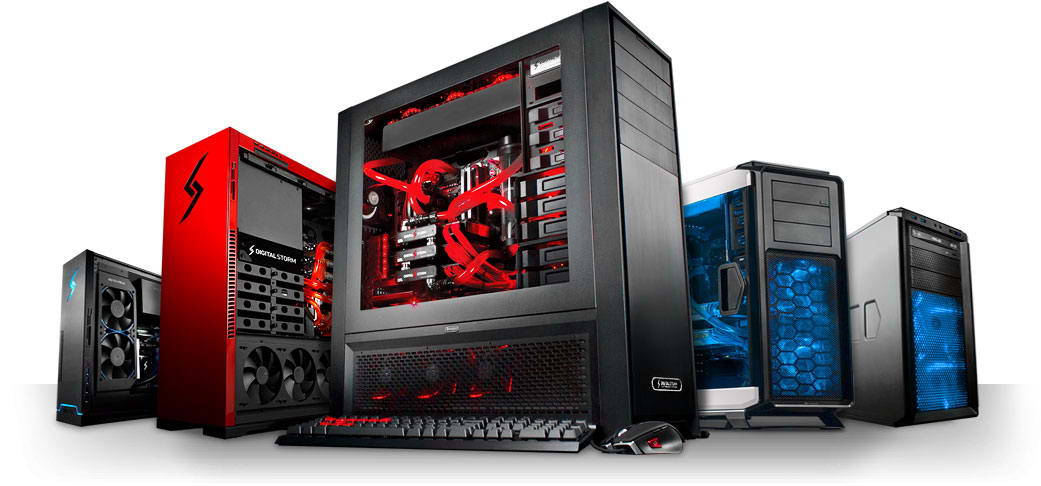PC hardware capable for playing games at 4K resolution

Playing games at 4K resolution on PC is not cheap. It takes a serious investment of time and money. Any time you put together a PC each component will act as a bottleneck on all the others, but this is never more true than when you’re dealing with 4K. Every component needs to run at peak performance and to achieve that you need to carefully consider each piece of hardware right down to the cables.
Monitors
For a 4K monitor, it’s important to keep an eye on a couple of different specs. Of primary concern is the refresh rate. Most monitors run at 60Hz, but gamers prefer a higher refresh rate. A few 75Hz monitors exist and even less with higher refresh rates.
Size is also an important consideration or at least resolution with regard to overall screen size. The Windows desktop environment starts to suffer from scaling issues as pixel density approaches 200 pixels per inch. A 30-inch, 4K monitor packs a modest 146 PPI, but a 24-inches with the same resolution approaches 184 PPI. That can make desktop icons and webpages look odd as if they were out of focus.
Check our list of 4K monitors, maybe you will found one for you…
Graphics Cards for playing games at 4K resolution
While your wallet is open for the 4K monitor, go ahead and keep it open for a high-end graphics card – or two. Playing games at 4K resolution requires your graphics card to process huge amounts of information every moment and for that, you need to make sure your graphics card is capable to do that. Video RAM is the key to 4K gaming, and even powerful graphics cards with insufficient RAM have trouble handling the amount of processing 4K requires.
A dual-GPU setup can look attractive for 4K. It’s the only way to achieve 60 FPS in some titles at maximum detail. However, both Nvidia and AMD are likely to roll out new cards in the coming year, and you’d probably be better off socking away the cash you’d spend on a second card to save up for an upgrade a year or two down the line.
Check our recommendations for 4K capable graphic cards.
Connections between components
The last hurdle you’ll need to jump through is the connection to the 4K monitor itself. Most PC users are familiar with HDMI, the most common video standard. Almost every 1080p monitor offers HDMI.
However, most HDMI connections can’t handle 4K. Support for the resolution was only introduced in HDMI 1.4, but even then, only at a maximum of 30 FPS. To drive a 60Hz 4K monitor, you need an HDMI 2.0 cable with an HDMI 2.0 compatible source — and only the most recent generation of video cards support it. Before you shell out for a video card, make sure you double-check that you’re getting one with HDMI 2.0 support.
HDMI 2.0 or DisplayPort are the only connections that can handle 4K resolution at 60Hz and have proper video card support. But even with DisplayPort, there’s an obstacle. You’ll need to pick up a DisplayPort 1.2 cable. Older versions of the standard support a maximum resolution of “only” 2,560 x 1,600.
Connecting a cable that’s inadequate can result in strange on-screen behavior. The display will likely turn on and transmit an image, but it may flicker, suffer from strange scan lines, or rapidly change color. But be sure, choosing the wrong cable won’t do any damage. It just won’t work properly until you buy the right one.
* * *
- 4K 360 Video
- HDR Video in 4K resolution
- 4K Monitors
- 4K Projectors
- Smartphones with 4K display
- 4K Streaming Devices
- 4K vs 8K resolution
- 4K Webcams
- A comparison of 4K against all the available consumer video resolutions
- Best 4K Action Cams
- The Best 4K cameras on smartphones
- Best 4K Hindi / Tamil / Bollywood Movies
- Everything you need to know about 4K Projectors
- HEVC (H.265) Codec
- How to download any streaming 4K video in just 3 steps!
- Top 5 4K software video players for PC/Mac
- List of top 10 4K / Ultra HD TV
- Top graphics cards for 4K gaming
- Top-rated 4K movies
- What are UHD and 4K video
- Is the human eye capable to see in 4K?